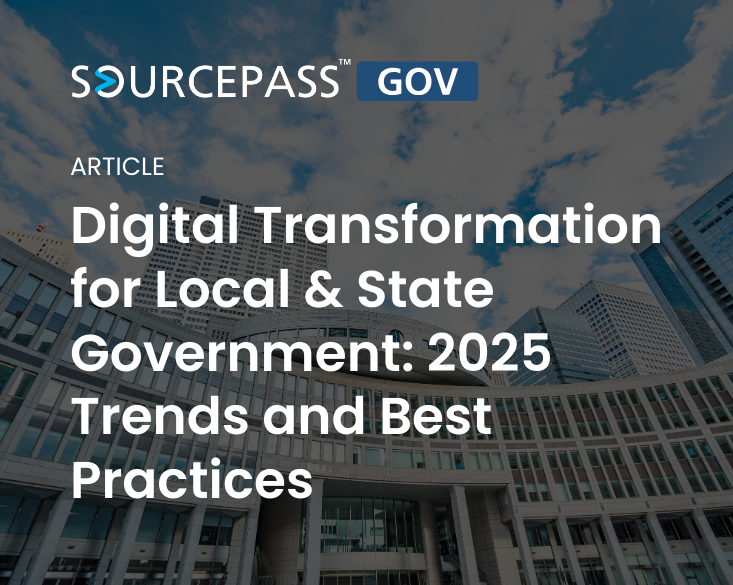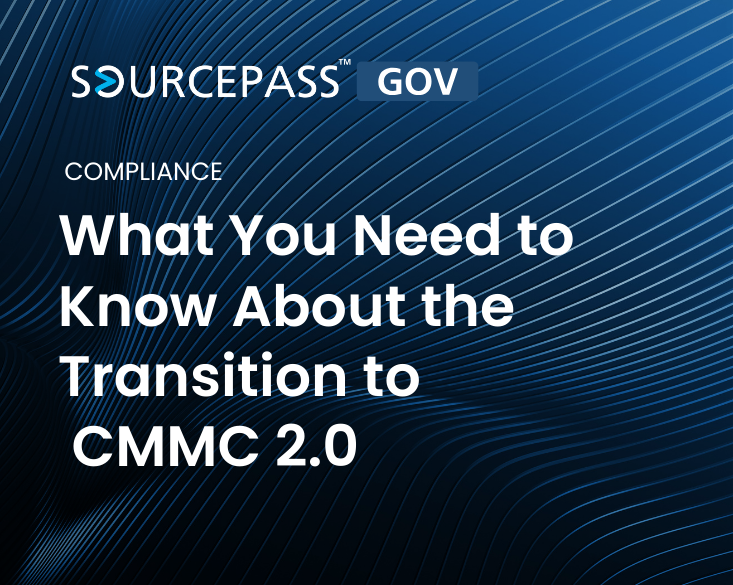3 min read
Top 10 Priorities for State Chief Information Officers
More than halfway through 2025, state Chief Information Officers (CIOs) continue to navigate a dynamic landscape of technological advancements and...
Our team offers a variety of services to support your IT operations and growth.
Leverage our expertise to optimize your IT environment and work towards compliance goals.
Our team is comprised of industry experts with a deep history in working with the public sector.
Please let us know how we may assist you.
2 min read
Alex Davis : Feb 6, 2025 12:31:39 PM

Digital transformation is revolutionizing how local governments operate, deliver services, and engage with citizens.
With increasing pressure to improve efficiency, enhance transparency, and provide public-friendly services, local governments in 2025 are adopting innovative technologies to meet these demands.
Let's explore the latest trends in digital transformation and best practices for ensuring success:
Local governments are increasingly migrating to cloud-based platforms to modernize legacy systems. Cloud solutions enable scalability, cost savings, and improved data accessibility.
Artificial intelligence (AI) and advanced analytics are helping governments turn vast amounts of data into actionable insights.
Smart city technologies, including IoT sensors and connected devices, are driving improvements in urban planning and sustainability.
Citizens expect government services to be as convenient as online retail experiences. Digital-first initiatives prioritize user-friendly platforms.
As digital adoption grows, so do cybersecurity threats. Local governments are investing heavily in robust security frameworks to protect sensitive data.
.png?width=2250&height=1250&name=Sourcepass%20Featured%20Blogs%20(7).png)
With these emerging trends in mind, here are some best practices to achieve your own digital transformation:
A clear roadmap ensures that digital transformation aligns with organizational goals.
Key Steps:
Assess current technologies and processes.
Define objectives and key performance indicators (KPIs).
Engage stakeholders across departments.
Citizen needs should drive technology decisions to ensure high adoption and satisfaction rates.
Tips:
Breaking down silos allows for better coordination and resource sharing.
Action Plan:
Digital transformation requires a workforce equipped to handle new technologies.
Recommendations:
Partnering with technology vendors and private firms can accelerate innovation and reduce costs.
Benefits:
Regularly reviewing progress ensures that digital initiatives remain effective and aligned with goals.
Metrics to Track:
Digital transformation is reshaping how local governments serve their communities.
By embracing cloud computing, AI, smart city initiatives, and citizen-centric services while prioritizing cybersecurity, local and state governments can create more efficient, transparent, and accessible operations.
At Sourcepass GOV, we guide local governments through their digital transformation journeys. Contact the GOV team today to learn how we can help modernize your systems and enhance your services.

3 min read
More than halfway through 2025, state Chief Information Officers (CIOs) continue to navigate a dynamic landscape of technological advancements and...

2 min read
Protecting student data is a top priority for school districts. New York's Education Law §2-d, enacted during the 2014-2015 fiscal year, sets forth...

3 min read
Ransomware attacks are a significant threat to state and local governments. These attacks can cripple essential services, compromise sensitive data,...

As technology continues to evolve, so too must the way we approach education. In today’s world, integrating technology into the classroom isn’t just...

From the way students engage with course materials to how teachers deliver lessons, the digital revolution has already changed how education is...

The Cybersecurity Maturity Model Certification (CMMC) 1.0 was a groundbreaking initiative introduced by the U.S. Department of Defense (DoD) to...